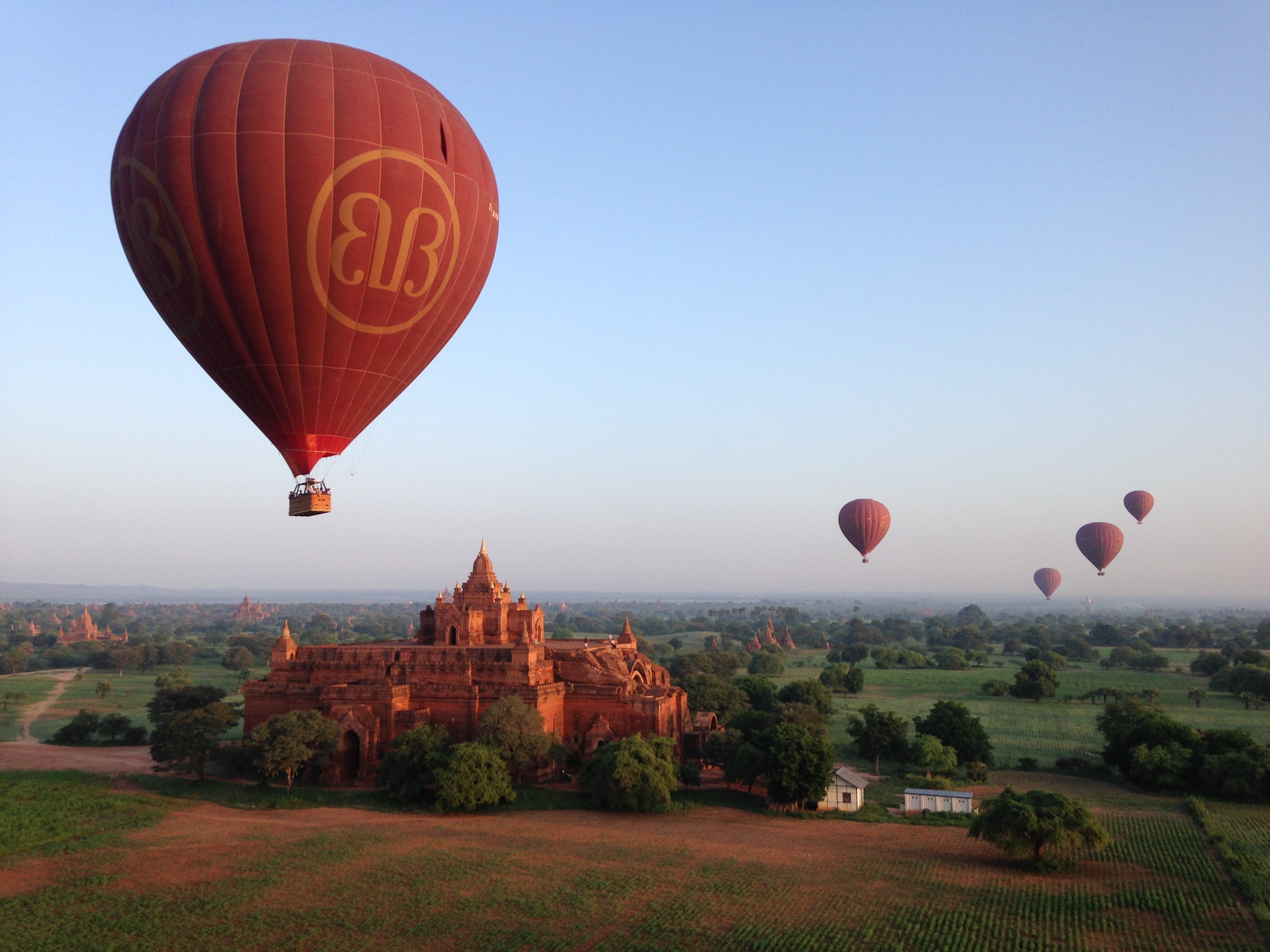Halloween has a fascinating origin--started by Celts 2,000 years ago with their festival, Samhain, celebrated on November 1st. People believed that on the night before Samhain, spirits roamed the earth, so they offered food on their doorsteps in hopes of appeasing the ghosts, and dressed up when they went outside so that they may be mistaken as spirits and left alone.
In the 8th century, Samhain was converted to All Saints Day, or All Hallows by the Christian church, and the night before was called All Hallows Eve.
In the Middle Ages, on All Souls day, people would bag for treats called "soul cakes" in exchange for praying for people's dead relatives. This was called Souling. Guising was another medieval tradition in which young people would dress up in costumes and entertain with jokes, singing, and dancing in exchange for tasty treats.
In the 19th century, Irish and Scottish immigrants revived these traditions in America. Today, it is a 6 Billion dollar industry in the USA alone, but what happens in other countries?
Many countries celebrate Halloween or something very similar. While dedicated to costumes, candy, and joyful trickery, it is most popular in America and Canada, and is gaining prominence in Australia and several countries in Europe, especially Ireland, where it is a is a widely celebrated cultural event.
In China, the Halloween festival is known as Teng Chieh. Food and water are placed in front of photographs of family members who have departed while bonfires and lanterns are lit in order to light the paths of the spirits as they travel the earth on Halloween night.
In Latin America, Halloween is known as "El Dia de los Muertos." It is a joyous and happy holiday, and a time to remember friends and family who have died. In Brazil, Halloween is not commonly practiced, but some schools throw Halloween-themed parties.
While it is not widely celebrated in India, there is a festival named "Pitri Paksha" which means a period for the remembrance of ancestors and dead members of the family. This 15 day festival generally falls in August-September.



